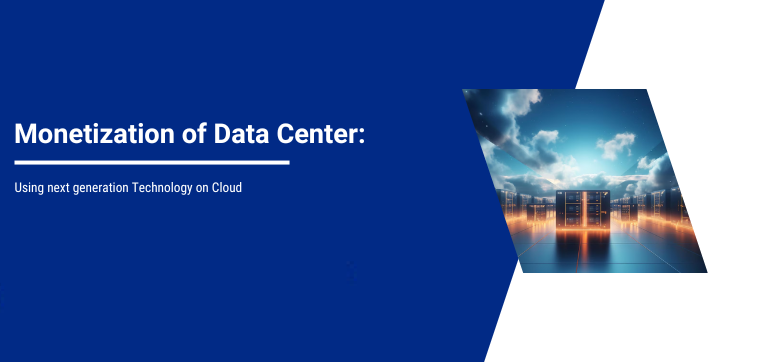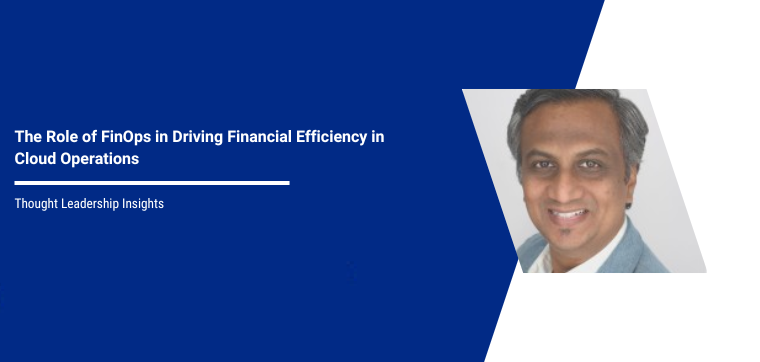The landscape of Data center has been evolving for last 2 decade and Technological advances will bring in more challenges in terms of processing data and data storage in a large scale. The introduction of Cloud Technologies to a larger extent will solve these problems and in the simplest of terms, Cloud is the delivery of on-demand applications and computing resources. In public cloud, these services can take up end to end task – starting from Network security and Infrastructure to the applications along with pay by use simple billing model.
With a simple Billing model, enterprises can now convert capital expenses originally allocated to their data centers into operational expenses associated with the public cloud, and can begin to shift to more of a self-service model for their end-users, which helps to defray IT cost and get Technology advantage.
Challenges of Data center modernization
New age Enterprises, which are born in cloud are adaptive, integrative and modern data centers in terms of their operations from the day one. The challenge most enterprises face is how to evolve with the legacy infrastructure to take advantage of new app modernization capabilities offered by cloud service providers without losing critical functionality from the legacy systems on which the businesses rely.
It’s about changing the mindset. But if they don’t modernize and are stuck in as a legacy technology assuming that whatever happens that does not work on cloud and they will not be able to scale up and at the same time, they might risk themselves falling behind their competitors who are bringing products to market faster using innovative technologies.
Approach to Data Center Modernization:
There could be two approaches to make a CIO comfortable. First is the traditional way by moving the non-critical application or the Sandbox environment on Cloud to check if everything is working fine before they migrate to critical workload in IaaS and gradually move to PaaS platform.
Second approach is doing effective migration of the same using industry best practices and appropriate tools from a traditional on-premises IT environment to a Hybrid IT environment that may include elements of SaaS, IaaS, and PaaS. It requires a logical set of steps by doing assessment and then actual migration. These tools not only give the dependency on the application and databases but also gives TCO overview as in how it will look once you migrate on cloud platform.
In the coming articles, I would deep dive more into specifics around workloads that could help an enterprise move towards the cloud journey, some key things to keep in mind while doing so and most importantly how to identify the right cloud partner who would be all along your transformation journey!
Authored by: Rafiq Merchant, Cloud Solutions Leader, Noventiq India


